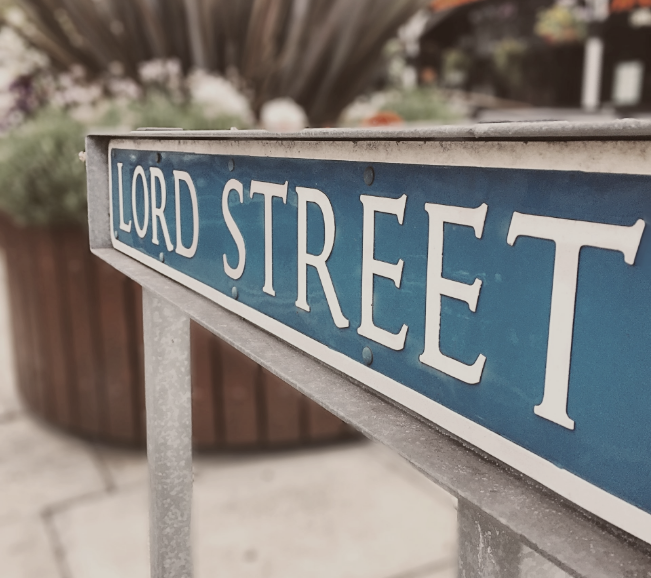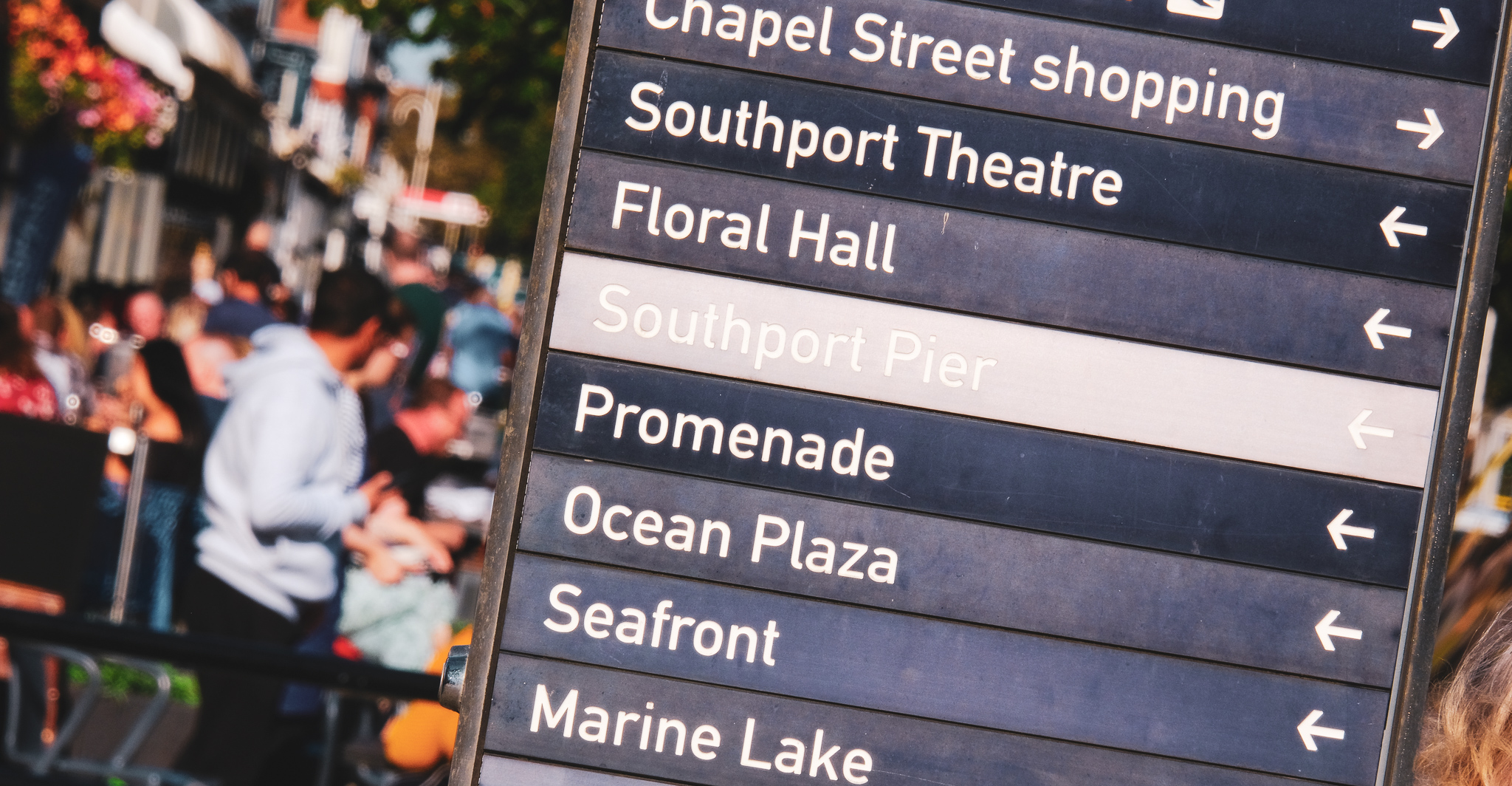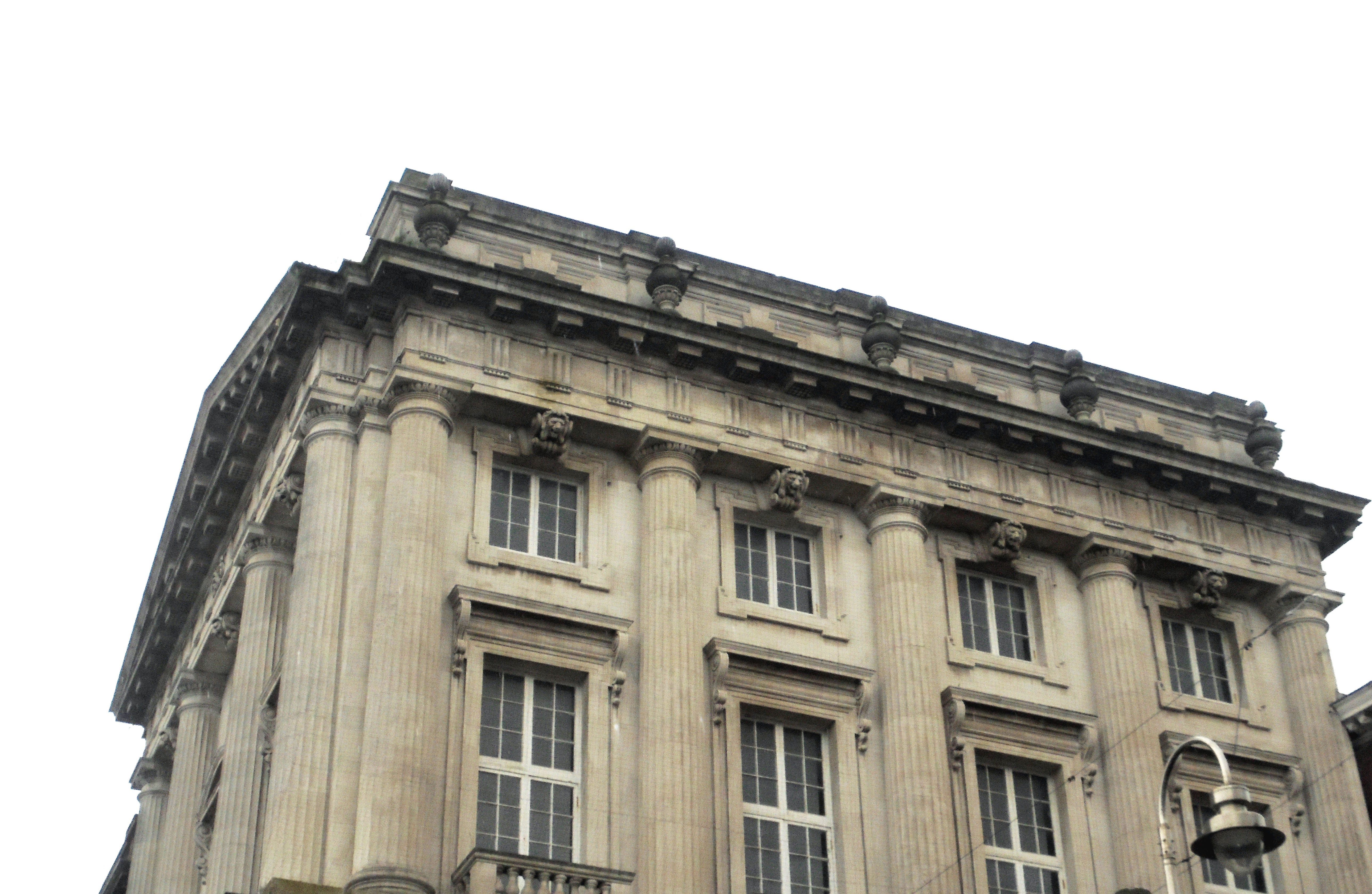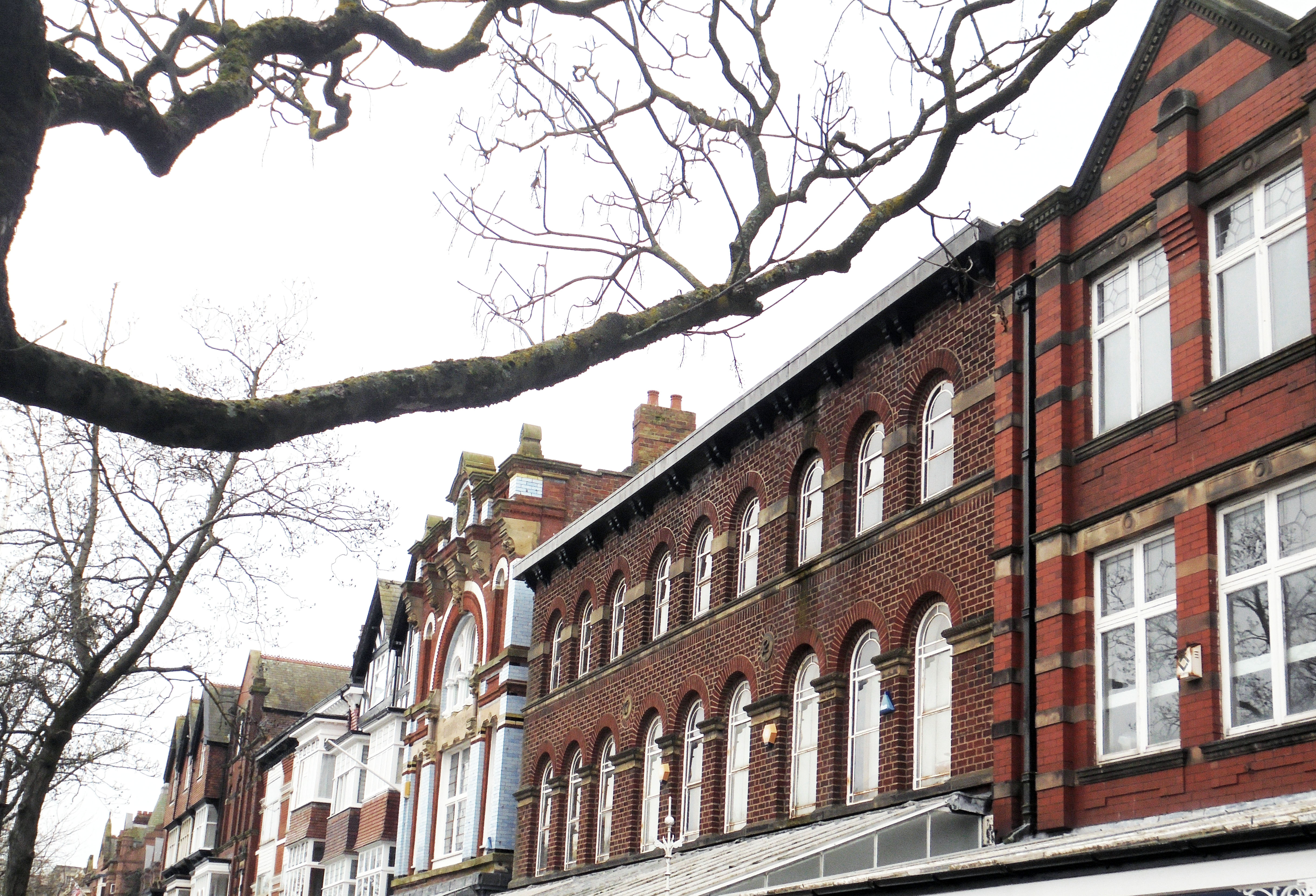Conservation & Heritage
Most of the buildings on Lord Street were built pre-1919 of traditional construction and retain many original features. The variety of unique designs along with the addition of Southport’s famous verandahs mean many original buildings are now listed or considered Non-designated Heritage Assets (NDHA) and their collective contribution justifies the area being designated as a Conservation Area. Having listing status or being in a conservation area, mean changes to buildings must be managed to ensure significance is retained and ideally, enhanced.
Design Considerations
To retain the historic or architectural significance requires sympathetic conversions of the upper floors. As the commercial part of buildings became the most profitable areas, shop fronts were often widened with access to the upper floors being at the rear service areas. Designs that retain existing or introduce front and side access points are preferable. However, if access is only possible the rear, consider how the quality of this environment can be improved through design, separation of commercial and residential services, lighting, and removing redundant or damaged fixtures and fittings.
What does the listing cover?
Buildings are listed in their entirety so the whole building is protected including interiors and exteriors and on Lord Street this extends to most of the verandahs. Listing descriptions are to help identify the building so there may be historically important features or fixtures that are not described but are still covered by the listing.
Listed buildings may not be demolished, extended or altered internally or externally in any way that affects its character as a ‘building of special architectural or historic interest’ without first being granted ‘Listed Building Consent’. This could extend to painting the exterior or changing the windows and to changes of use if this has a negative impact on the architectural or historic value of the building.
Sefton Council has produced guidance on owning a listed building and there’s lots of guidance on Historic England's website. You can search Sefton Council’s planning map SIMON to check if your property is listed or an NDHA.
Other Considerations
Buildings of traditional construction often do not have cavity walls unlike modern buildings so applying appropriate energy efficiency standards requires consideration. Historic England produces guidance on Energy Efficiency Measures for older properties. Although we do not have any grants for historic buildings, it is possible the VAT on building conversions might be at a reduced rate so it is worth speaking with your Tax advisor or check the Government’s Tax guidance page.
FAQ’s & Quick Links
SIMON is Sefton Council's interactive mapping system. It includes information on all Conservation assets and other related planning information. You can find guidance on how to use the map on the SIMON PLANNING PAGE
Information is available on Sefton's Conservation Areas. Click on the link for Lord Street to find the Conservation Area Management Plan, Appraisals and Advisory Leaflets.
There are multiple policies available to view on Sefton Council’s Planning Policy pages.
Your design should consider how to make access to the upper floors more attractive for potential residents and how commercial and residential services might be separated. We suggest you seek pre-application advice from Planning Services before submitting your full planning application.
Yes, you will need to use Building Control during the process to ensure you comply with Building Regulations. You can find more information about Sefton's Building Control Service on the Council's website.
You can apply for Listed Building Consent when your main application is submitted via the Planning Portal
This guide summarises the conservation requirements for adapting properties. LSL Conservation Guidance
Regular maintenance of historic properties can save you money in the long run. Find out more with this guidance.Maintaining Sefton's Historic Properties
Historic buildings can be constructed differently from modern buildings and energy efficiency measures have to work with the building. Find out more in this guidanceImproving Energy Efficiency in Historic Buildings
The links within this page are for information and convenience only. Whilst every effort is made to ensure they are correct, Lord Street Living and Sefton Council do not accept responsibility for the content within links to other websites.





